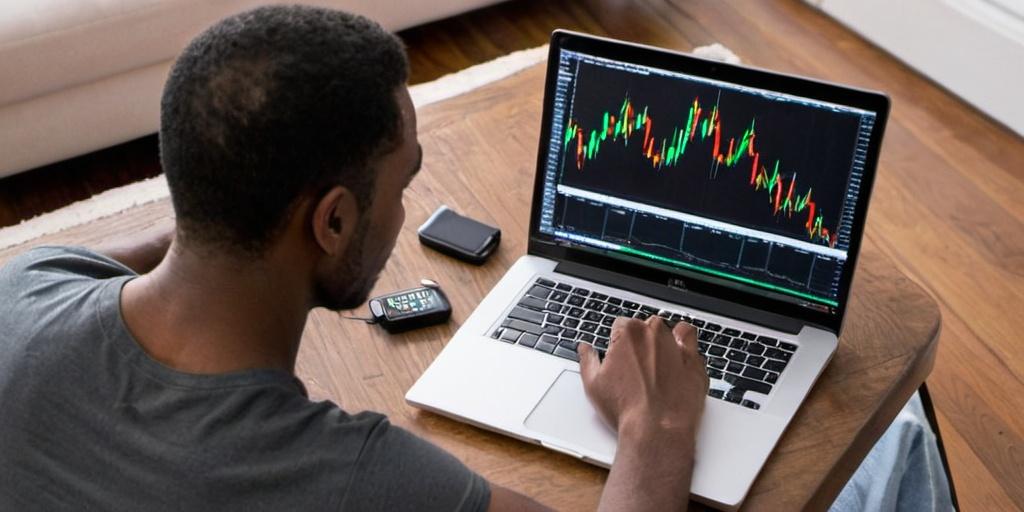A forex demo account is a simulated trading environment provided by a broker that mirrors real market conditions without putting real money at risk. It’s a basic but critical tool for traders at every level. Beginners use it to learn how markets work and how to operate trading platforms. Experienced traders rely on it to test new strategies or evaluate broker conditions before committing capital.
While demo accounts are widely available and usually free to open, not all demos reflect live conditions accurately. Differences in execution speed, spread behaviour, or slippage may exist between demo and live environments. For traders comparing broker quality or trading systems, this can have material consequences. Platforms like forexbrokersonline.com provide updated information on which brokers offer realistic demo accounts and whether their demo features line up with actual trading conditions.

Purpose and Practical Use
The core function of a demo account is risk-free practice. New traders can learn how to enter, modify, and close trades, set stop losses and take profit levels, and monitor real-time price movements. It also gives users hands-on experience with margin, leverage, and lot sizing—key components of forex risk management.
Demo accounts also serve as a tool for strategy development. Traders may spend weeks or months testing a strategy across different market conditions before using it with real funds. Demo environments are suitable for tracking how strategies perform during volatile sessions, news events, or across various currency pairs.
Limitations of Demo Environments
Most demo accounts use artificial balances, typically ranging from $10,000 to $100,000. While this allows for experimentation, it rarely reflects the actual capital most retail traders deposit. As a result, traders may take more risk on demo than they would in a live environment. Emotional discipline, which plays a major role in real trading, is also absent. Losses in a demo account carry no real consequences, which can lead to overconfidence.
In some cases, brokers may offer slightly better pricing or faster execution in demos compared to live accounts. This can make performance results unreliable if not interpreted cautiously. Traders should use demo testing as a guide, but never assume it guarantees live performance.
Transitioning to Live Accounts
The shift from demo to live trading involves more than clicking a different login. Real money introduces emotional stress, and trades that felt routine in demo suddenly become harder to manage. It’s often recommended that traders reduce their position sizes when going live to maintain a cautious approach while adapting to psychological pressure.
Before moving to live funds, it’s worth checking whether the broker allows micro or cent accounts—this offers a softer step between demo and full-size live positions. Tools like forexbrokersonline.com can help identify brokers that support this transitional setup and offer live conditions closely aligned with their demo platforms.
Choosing the Right Demo Account
Not all demo accounts are equal. Some expire after 30 days, while others are unlimited. Some support all features of the broker’s trading platform, including custom indicators or expert advisors, while others are stripped down. A good demo should reflect the same pricing structure, execution logic, and platform stability as the broker’s real offering.
The trading platform itself also matters. MetaTrader 4 and 5 demos are common, but traders using platforms like cTrader, TradingView, or proprietary web apps may need to test broker-specific conditions. It’s not just about the asset list or leverage—execution time, server stability, and order types all play into what the demo teaches.
This article was last updated on: June 4, 2025